Plug-in hybrids are confusing
Plug-in hybrids promise the best of both worlds, but my time with the Jeep Grand Cherokee 4xe revealed they might just be the most confusing middle ground in the transition to electric vehicles.
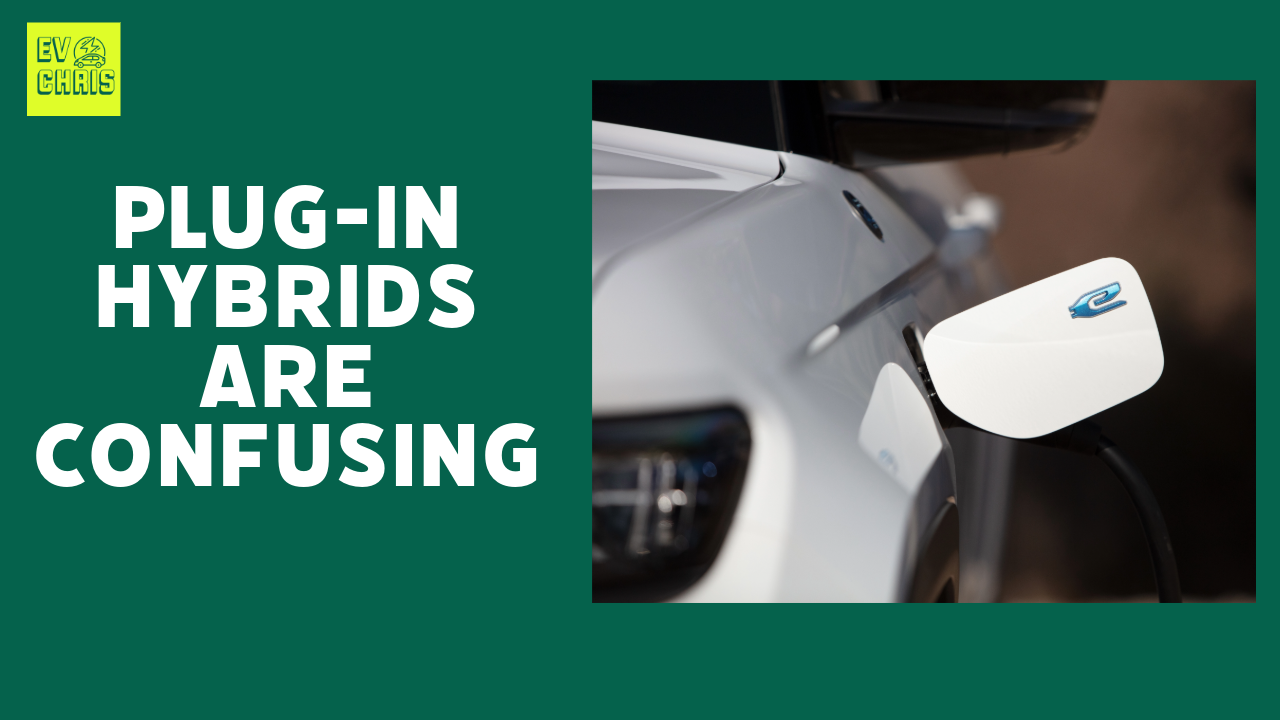
My Rivian R1T spent the last eight days at the Houston Service Center. While I’ll cover my service experience in a separate post, the lack of a loaner vehicle (none were available) meant I was provided with an Enterprise rental car. Although they didn’t have an EV, they offered me a Jeep Grand Cherokee 4xe—Jeep's latest plug-in hybrid. It was the only car on the lot with any sort of EV plug, so I decided to give it a try.
During those eight days, I developed mixed feelings—good ones, confusing ones. Plug-in hybrids are often touted as a transitional middle ground between gas-powered and fully electric vehicles, providing "the best of both worlds." But is that really the case? Here’s my experience with the Jeep Grand Cherokee 4xe and my thoughts on plug-in hybrids as a category.
Popular Plug-In Hybrid SUVs
Before diving into my impressions, let’s look at some of the most popular plug-in hybrid SUVs available today:
| Make and Model | Battery Size (kWh) | Electric-Only Range (miles) | Estimated Starting MSRP ($) |
|---|---|---|---|
| Toyota RAV4 Plug-In Hybrid | 18.1 | 42 | 43,865 |
| Hyundai Tucson Plug-In Hybrid | 13.8 | 33 | 39,630 |
| Mitsubishi Outlander PHEV | 20 | 38 | 40,445 |
| Kia Sorento Plug-In Hybrid | 13.8 | 32 | 47,990 |
| Ford Escape Plug-In Hybrid | 14.4 | 37 | 40,500 |
| Jeep Wrangler 4xe | 17 | 22 | 50,695 |
| Volvo XC60 Recharge | 18.8 | 35 | 57,900 |
| BMW X5 xDrive50e | 25.7 | 39 | 65,700 |
| Mercedes-Benz GLE 450e | 23.3 | 48 | 69,500 |
| Lexus NX 450h+ | 18.1 | 36 | 61,240 |
Note: Electric-only ranges are estimates and may vary depending on driving conditions and other factors. Prices are approximate starting MSRPs and can vary based on trim levels and optional features.
All of these vehicles are plug-in hybrid versions of already popular ICE cars, which supports the thesis of these cars being "transitional" cars. In other words, these are the vehicles that are supposed to ease folks into leaving ICE vehicles in favor of EVs but based on my 8 days with the Jeep 4xe, things just weren't adding up and I honestly couldn't tell you why or how someone would drive a similar plug-in hybrid and know what benefits, other than the abysmal electric range, they would be getting.


The Lexus RX Hybrid starts at $52,475 but the similar plug-in variant starts at $72,610. For an extra $20,000 you get a whopping estimated 37 miles of all-electric driving range. Source: Lexus
The Jeep Grand Cherokee 4xe: A Conflicted Experience
People often praise plug-in hybrids for offering the flexibility of both battery and gasoline. My experience, however, was the opposite.

Poor Support for the Plug-In Hybrid Experience
- Unprepared Rental: Enterprise handed me the Jeep with only 1/4 tank of gas and a completely depleted battery. The employee didn’t even realize it was a plug-in hybrid.
- Charging Frustrations: Charging the Jeep’s 17 kWh battery from 0% to 100% on my Tesla Wall Connector took over two hours—the same charger I use for my Rivian’s 131 kWh battery. It seemed like in order to make the most of the Jeep's battery, it had to be plugged in at all times while at home.
- Limited Electric Range: The Jeep’s full electric range was only 28 miles. For someone living in Houston, where daily drives often exceed 28 miles, this made the electric mode feel almost pointless. This isn’t just limited to the Jeep either, as seen in the table above. I'll admit, living in Houston means I'm often driving way more than 28 miles a day, but a customer with that kind of daily commute is one manufactures should be targeting with better battery-only range. This poor range meant my battery was hitting 0% even before I was on my way back home.
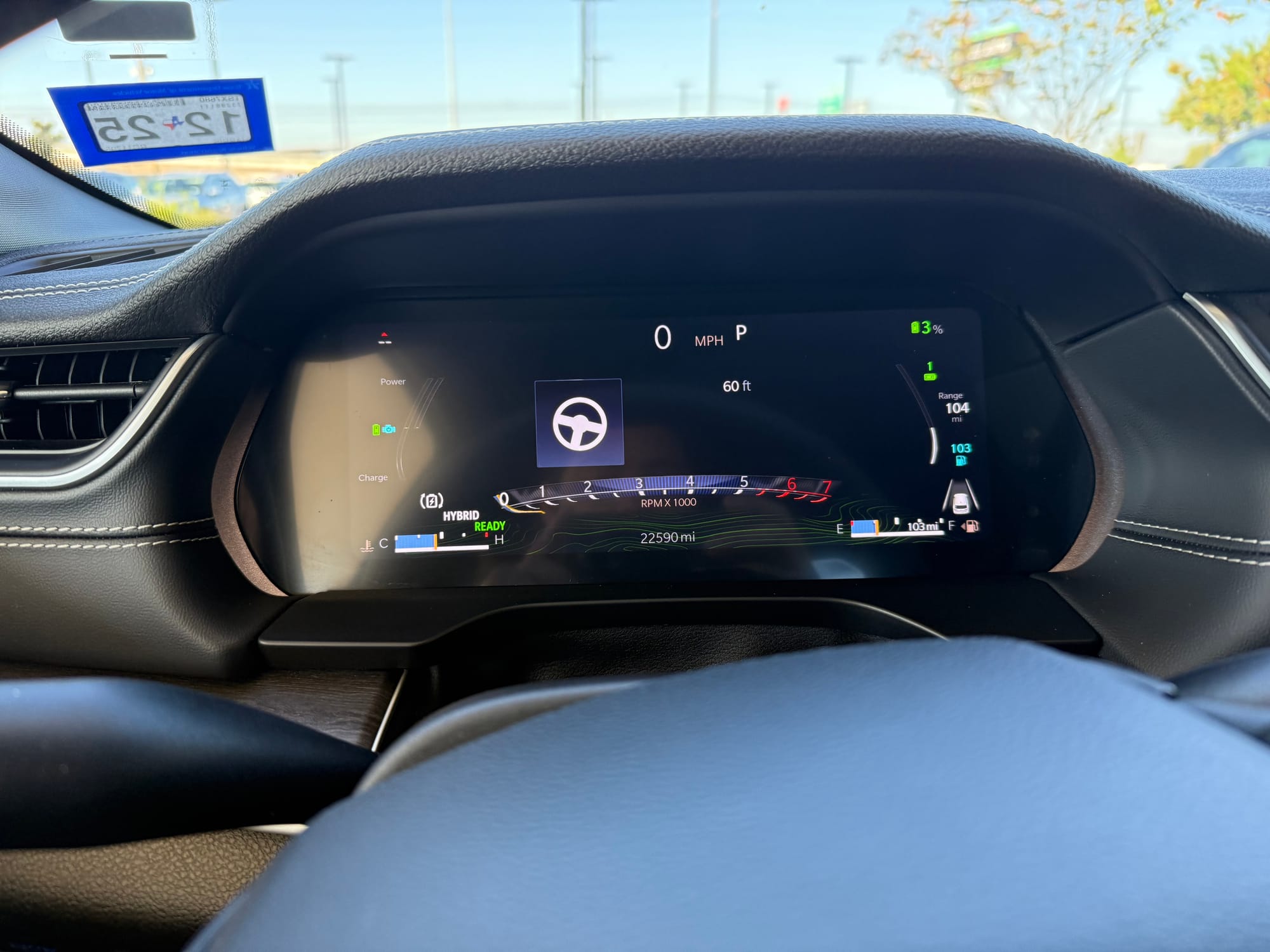
Cost Comparison: PHEVs vs. Entry-Level EVs
Many argue that cost is a key factor favoring plug-in hybrids. But is that true? Let’s compare some plug-in hybrids with entry-level EVs:
| Make and Model | Battery Size (kWh) | Electric-Only Range (miles) | Estimated Starting MSRP ($) |
|---|---|---|---|
| Tesla Model Y | 75 | 330 | 47,740 |
| Ford Mustang Mach-E | 70 | 312 | 42,995 |
| Hyundai Ioniq 5 | 77.4 | 303 | 41,450 |
| Kia EV6 | 77.4 | 310 | 48,700 |
| Volkswagen ID.4 | 82 | 275 | 38,995 |
| Chevrolet Bolt EUV | 65 | 247 | 27,200 |
| Nissan Ariya | 87 | 304 | 43,190 |
| Rivian R1S | 135 | 316 | 78,000 |
| BMW iX | 111.5 | 324 | 84,100 |
| Mercedes-Benz EQB | 66.5 | 243 | 54,500 |
Note: Electric-only ranges are estimates and may vary depending on driving conditions and other factors. Prices are approximate starting MSRPs and can vary based on trim levels and optional features.
When you compare the prices and capabilities, plug-in hybrids don’t seem as economical or appealing. For a similar price, entry-level EVs offer significantly better electric range and the full benefits of an EV ownership experience.
What rubbed me the wrong way? You're not getting any of the EV benefits
Despite having a battery, the Jeep didn’t deliver the benefits you’d expect from an EV. For instance:
- Frequent Gas Stops: The short electric range meant I relied heavily on the gas engine, requiring more frequent trips to the gas station than I’d prefer with a plug-in hybrid.
- Always Plugged In: At home, the Jeep was constantly charging, more so than our fully electric vehicles, which are typically plugged in only overnight. If it’s always plugged in, why not just go fully electric?
Missing Out on the Full EV Experience
Driving a plug-in hybrid (PHEV) is sold to folks as having the best of both worlds, a stepping stone between traditional gas-powered vehicles and fully electric ones. But I quickly realized it also came with a sense of "almost but not quite." Plug-in hybrids offer some of the features that make electric vehicles (EVs) appealing, but they don’t deliver the full package. Here’s what I felt was missing:
Driving-Related Benefits of EVs
One of the standout advantages of EVs is how they feel on the road. Fully electric vehicles are known for their instant torque and smooth, quick acceleration, which make every drive more enjoyable. It's what sold me on buying my Tesla Model Y and why I love my Rivian R1T.
While a PHEV can operate in electric mode, it often falls short of delivering that same seamless, responsive experience because the vehicle is designed to transition between electric and gas power. The experience feels like driving a quieter gas car.
Another notable feature is regenerative braking, which allows EVs to recover energy and recharge the battery as you slow down. While many PHEVs include regenerative braking (the Jeep did), it’s often less robust and not as noticeable compared to what you’d experience in a full EV. With an EV, you might even achieve one-pedal driving—something PHEVs typically can’t replicate and one of my favorite ways to drive EVs.
Convenience and Non-Driving Benefits
Beyond the driving experience, fully electric vehicles offer a suite of features that feel like a step into the future. One of my favorite features when I test drove EVs was the ability to remotely start and precondition the cabin without worrying about exhaust fumes or wasting gas. On a cold winter morning or a scorching summer day, this kind of convenience becomes a game-changer, especially during Houston summers.
Another feature I found fascinating is the ability to use EVs as a power source. Many modern EVs are equipped with vehicle-to-load (V2L) or vehicle-to-grid (V2G) capabilities, allowing you to charge other devices, power your home during outages, or even share energy with the grid. These innovations showcase how EVs are more than just vehicles—they’re part of a broader energy ecosystem. In contrast, plug-in hybrids are still tied to their gas-powered roots, which limits their ability to fully participate in this "transition."
The "In-Between" Feeling
While PHEVs offer flexibility—especially for drivers who aren’t ready to fully commit to charging infrastructure—they can feel like a compromise. You get a taste of electric driving, but the reliance on a gas engine means you’re missing out on many of the most exciting aspects of EV ownership. In my experience, this left me feeling like I was stuck in the middle, not fully benefiting from the simplicity and innovation of an all-electric vehicle and still succumbing to the life of driving an ICE vehicle.
A Better Path Forward: Scout Motors' Approach
Today, it's hard to say. Like I discussed earlier, most plug-in hybrid models available today are the gas versions of the vehicle with a battery slapped onto it. Sure, there may be some sort of modifications that provide some fuel efficiencies but the look, feel and overall ownership experience is more like a gas car that it is a full EV.
What excites me is the recent announcement of Scout Motors’ vehicles, which prioritize electric-first operation with a gas generator as a range extender. This design flips the traditional PHEV approach, emphasizing EV benefits while retaining flexibility.

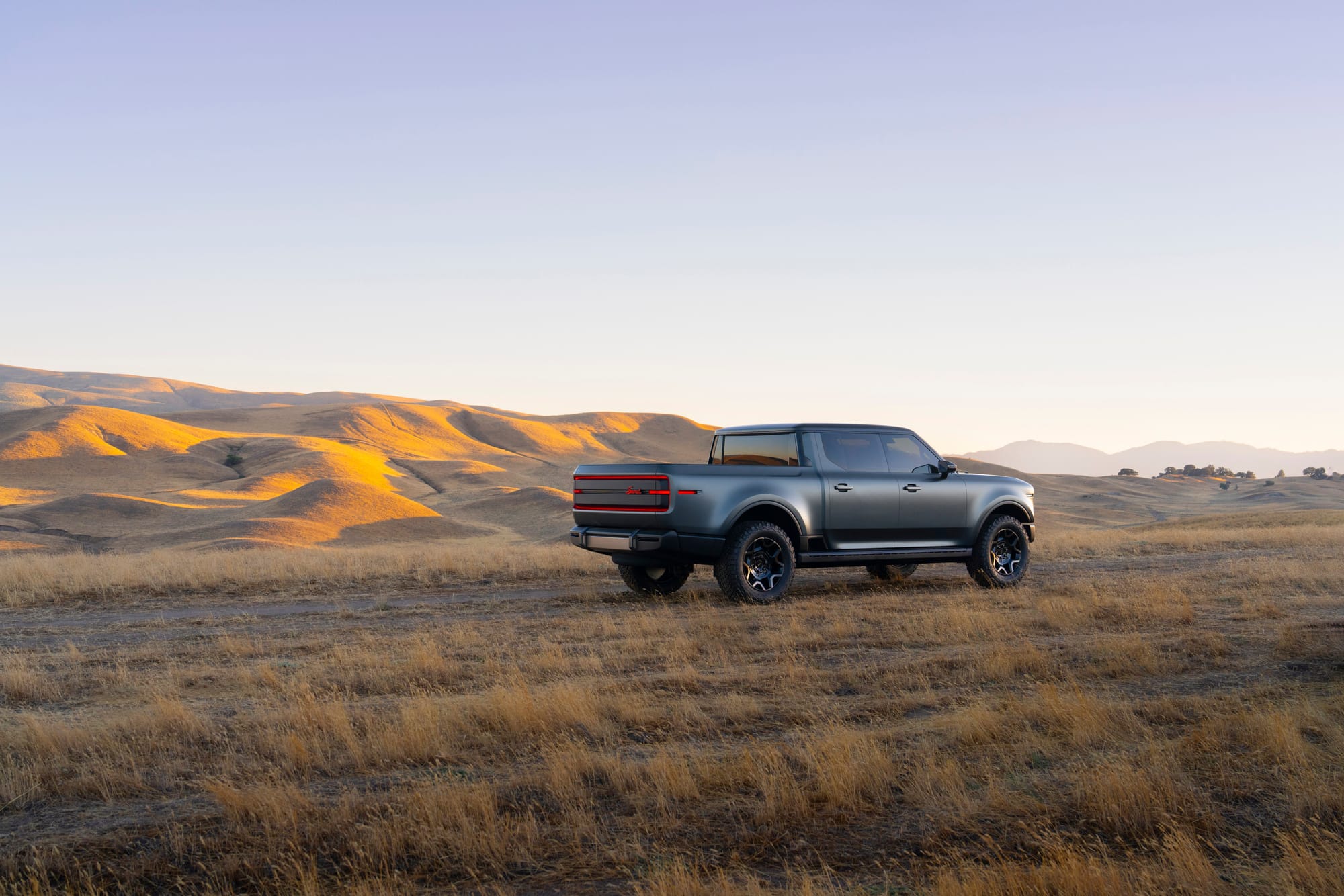
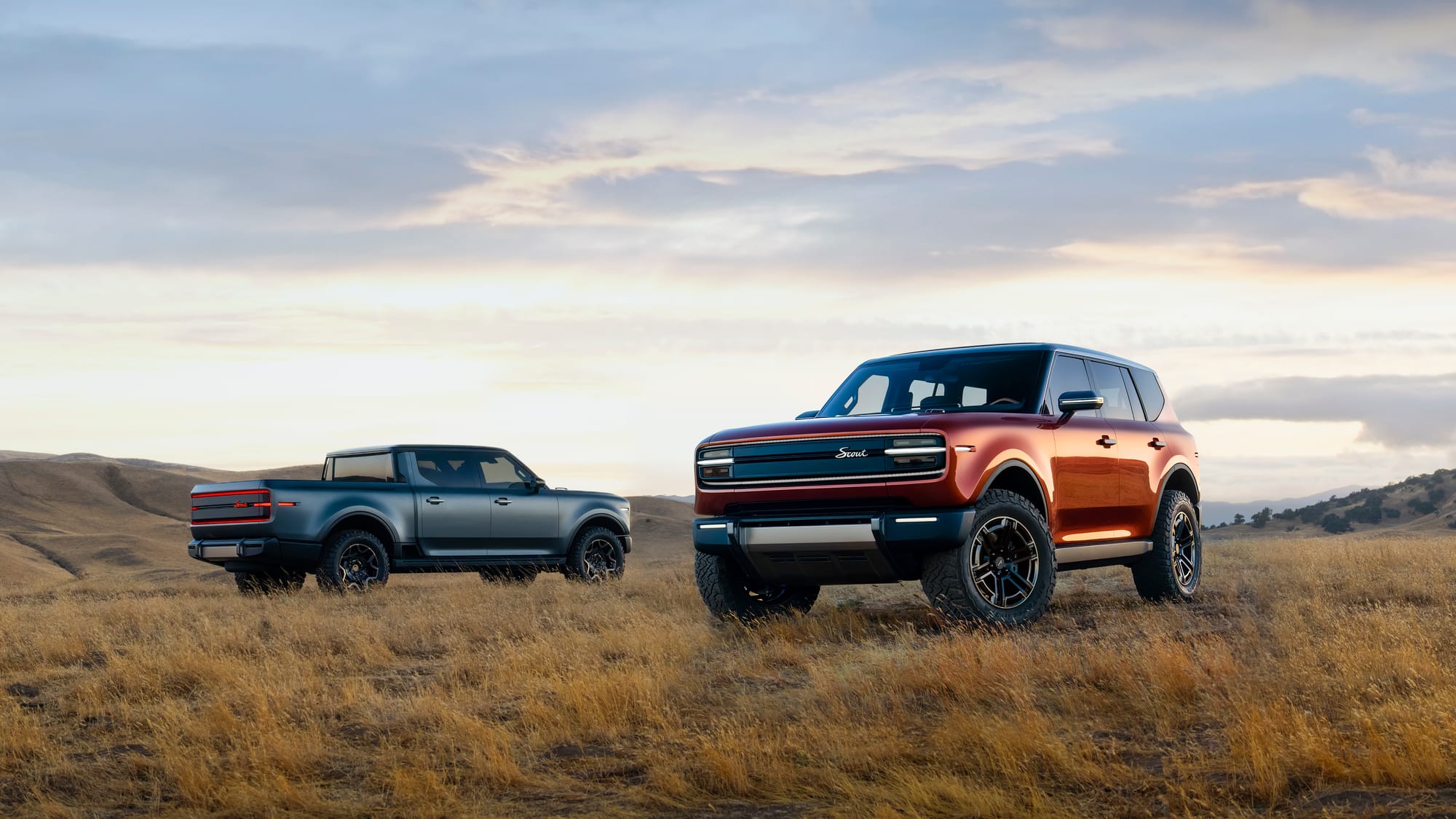
Scout Motors is a revived American automotive brand, owned by Volkswagen Group, focusing on rugged electric vehicles inspired by the iconic International Harvester Scout. While Scout Motors operates independently under VW, it leverages VW’s expertise in EV platforms, specifically the MEB architecture, to develop off-road-focused SUVs and trucks.
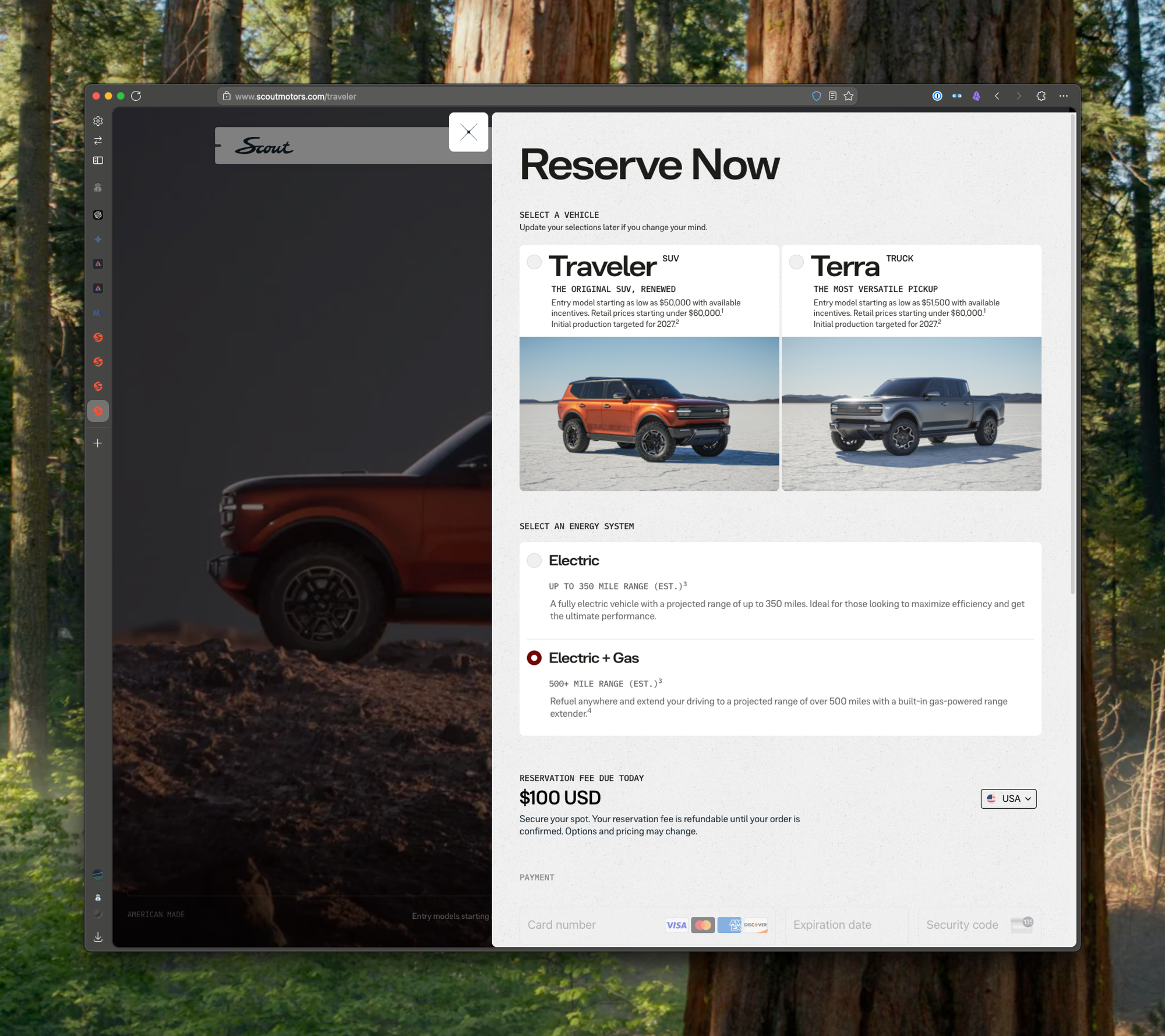
How is this different?
Scout’s approach to electrification stands out because, unlike traditional plug-in hybrids (PHEVs), their electric + gas option isn’t about combining a small electric motor with an internal combustion engine (ICE) for efficiency. Instead, it emphasizes electric-first operation with a gas generator acting as a range extender. This setup prioritizes the EV experience, allowing for substantial electric-only range while using the gas generator primarily to recharge the battery rather than directly powering the wheels.
This differs from conventional PHEVs, which often split propulsion duties between the ICE and electric motor, blending power sources for improved fuel economy but not necessarily prioritizing an EV-first design. Scout’s strategy appeals to adventurous drivers who value the extended range and off-road capability without fully relying on charging infrastructure.
This is the way
While it's not released yet, prioritizing EV architecture and design while allowing for the ability to leverage gas as an additional power source seems like a much more impactful way to get folks into EVs and support the transition office ICE vehicles. I understand that full EV transition will be difficult, especially in countries like the United States that rely heavily on gas and have a weird obsession with gas prices.
There's also the issue with costs. These cars are expensive but much like the first mass produced EVs, manufactures have to make and sell the expensive ones to fund the manufacturing of the cheaper ones, similar to how Tesla approached the Model S and has resulted in the more accessible Model 3.
Currently, plug-in hybrids are the more expensive version of existing ICE variants. That incremental cost, plus the incomplete EV experience isn't an enticing proposition to people who are hesitant to try any sort of EV.
Anyway, thanks for reading
This post isn't meant to bash or disparage people who choose to drive plug-in hybrids. Heck, they were my dream option before EVs like the Tesla Model Y hit the market. However, going into 2025 you're really starting to see what's possible with full battery EVs in terms of cost, performance, range and overall ownership experience and the longer that happens without any sort of advancements or innovations with plug-in hybrids, the more apparent it becomes that manufactures may not have been taking the transition as seriously as we once thought.
Sources
- Every Plug-In Hybrid SUV for 2024
- Best Plug-In Hybrid SUVs of 2024 and 2025
- Cheapest Plug-In Hybrids in 2024 and 2025
- Best Plug-In Hybrid SUVs in 2024 and 2025
- 2025 Toyota RAV4 Plug-In Hybrid Prices, Reviews, and Pictures
- 2026 Kia Sportage Plug-in Hybrid Prices, Reviews, and Photos
- Every Plug-In Hybrid SUV for 2023: Compacts, Off-Roaders, and 3-Rows
- 2025 Toyota RAV4 Plug-In Hybrid
- Best Hybrid Cars of 2024 and 2025 - Expert Reviews and Rankings
- Every Luxury Plug-In Hybrid You Can Buy In 2024: Speed ...
- 2025 Mercedes-Benz GLC Plug-In Hybrid
- Compare Electric Cars: EV Range, Specs, Pricing & More
- Best Electric SUVs 2024 – the top 10, plus the ones to avoid
- The Best Electric SUVs of 2024: Top Picks to Go EV
- The Top Electric SUVs In 2024
- Best Electric SUVs To Buy 2024
